Zack Snyder’s Justice League ending explained: Joker, Darkseid, and your biggest questions answered
A closer look at the 10 biggest takeaways from Justice League’s grand finale
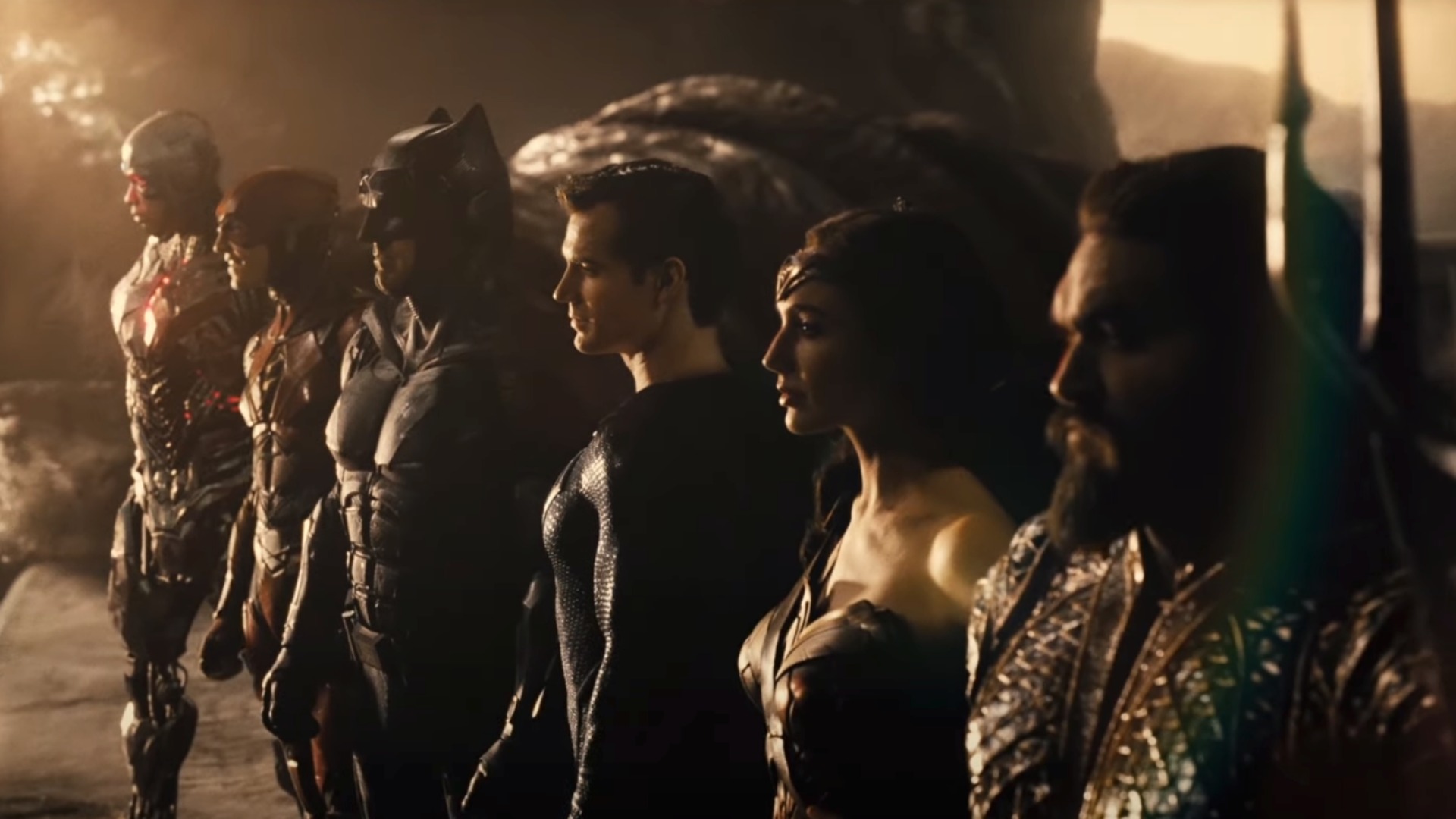
The Zack Snyder’s Justice League ending will mean different things to different people. For some, it’s a sudden, agonizing stop, a curtailing of a fledgling vision. For others, it’s a tantalizing series of breadcrumbs that sets up a Justice League sequel. The final scenes will probably leave you with a few questions about the likes of Darkseid, the Anti-Life Equation, and Joker's reappearance in the cameo-heavy "Knightmare" sequence.
There is certainly a lot to unpack after Zack Snyder’s Justice League ending. And if you're looking for guidance, you've come to the right place. We’ve watched the final hour – over and over – pooling together some of the biggest questions and talking points to bring you the ultimate guide to the Justice League ending: why it matters, what each moment means, and what it’s teasing for future Snyder stories – should they ever happen. Of course, we'll be going into some major spoilers, so if you have not finished the Snyder Cut, then turn back now!
The meaning behind Batman and Joker’s final "Knightmare" scene
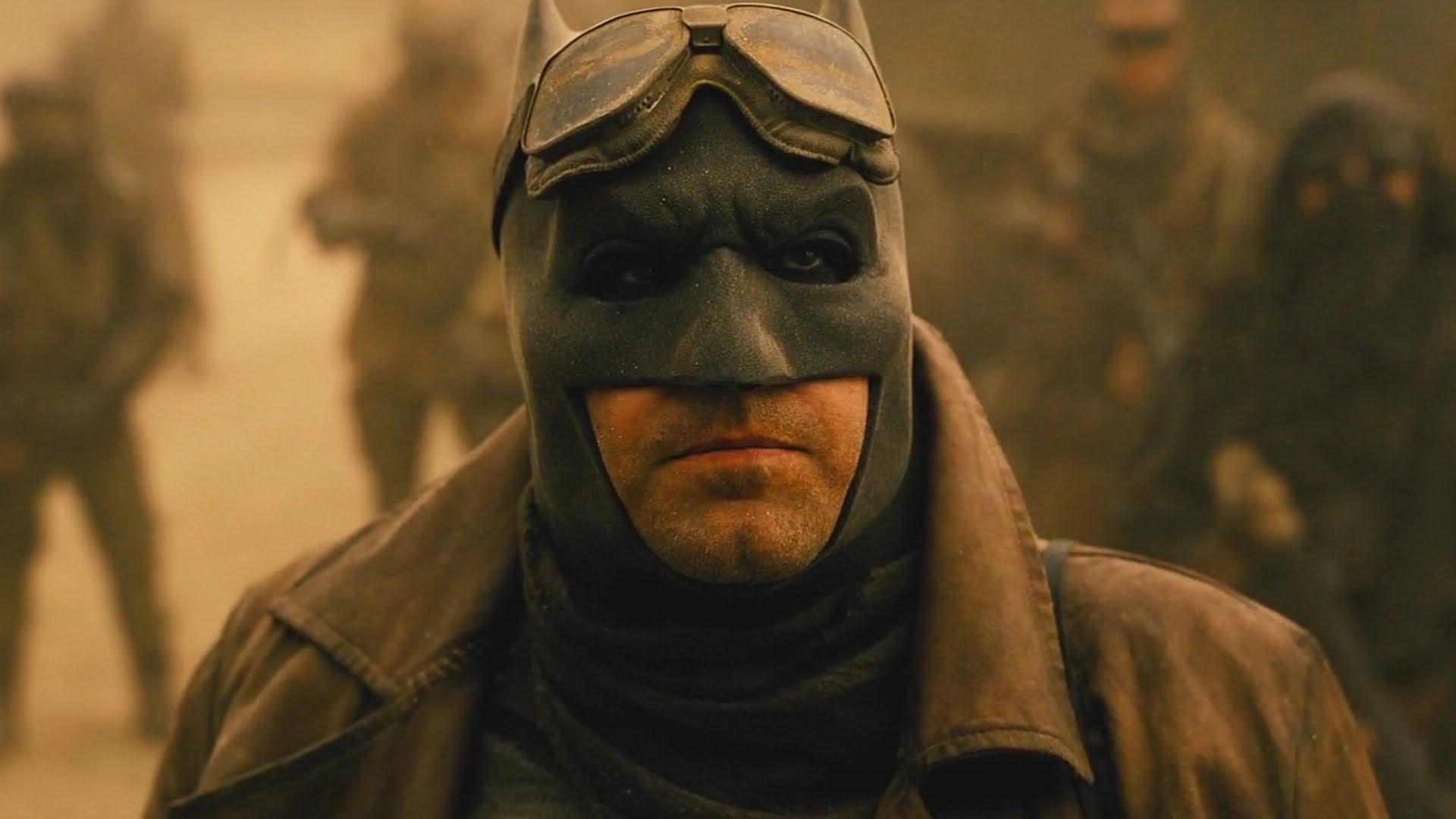
To fully understand the so-called "Knightmare", the post-apocalyptic scene involving Batman, Jared Leto’s Joker, and a motley crew of DC heroes and villains, we need to go back to Batman vs. Superman.
During that movie, Ezra Miller’s Flash arrives back in time via the timestream (after breaking the speed of light) to tell Bruce Wayne that "Lois Lane is the key" to saving humanity. Crucially, Flash is wearing the suit scene in Zack Snyder’s Justice League Knightmare sequence and tells Batman to "fear [Superman]".
That’s only one half of the Knightmare prelude in Batman v Superman. The other happens immediately before Batman meets Flash and is a terrifying vision of things to come from Batman’s point-of-view. In it, Batman is hunting for a weapon to stop Superman when he is betrayed by soldiers under the control of Darkseid and taken captive. Superman then arrives, killing everyone before turning his attention to Bruce. As he’s about to strike the killing blow, Batman jolts awake.
These are all precursors to a Justice League sequel that will never be made. Thankfully, we have an itty-bitty taste thanks to Justice League’s "Epilogue" involving Batman and Jared Leto’s Joker.
Batman puts together a team – including villains Deathstroke and Joker – to help track down Superman and put a stop to Darkseid’s rule. Of course, tempers flare between the Caped Crusader and the Clown Prince of Crime and, as Superman descends, it’s clear that we’re all set up for a climactic showdown between the Man of Steel and Batman’s group.
Bringing all the latest movie news, features, and reviews to your inbox
The Knightmare scene also helps fill in some prior history between Batman and Joker: namely, Harley Quinn is dead and Joker is (still) goading Batman over the death of his Robin, Dick Grayson.
The entire scene is a proof of concept for what would have happened in Justice League 2 and was filmed entirely during the reshoots in 2020. That scene was never originally intended for the 2017 release but was filmed solely to show what could have been – or, perhaps, what could be if Warner Bros. decides to make a sequel.
Is Knightmare canon?
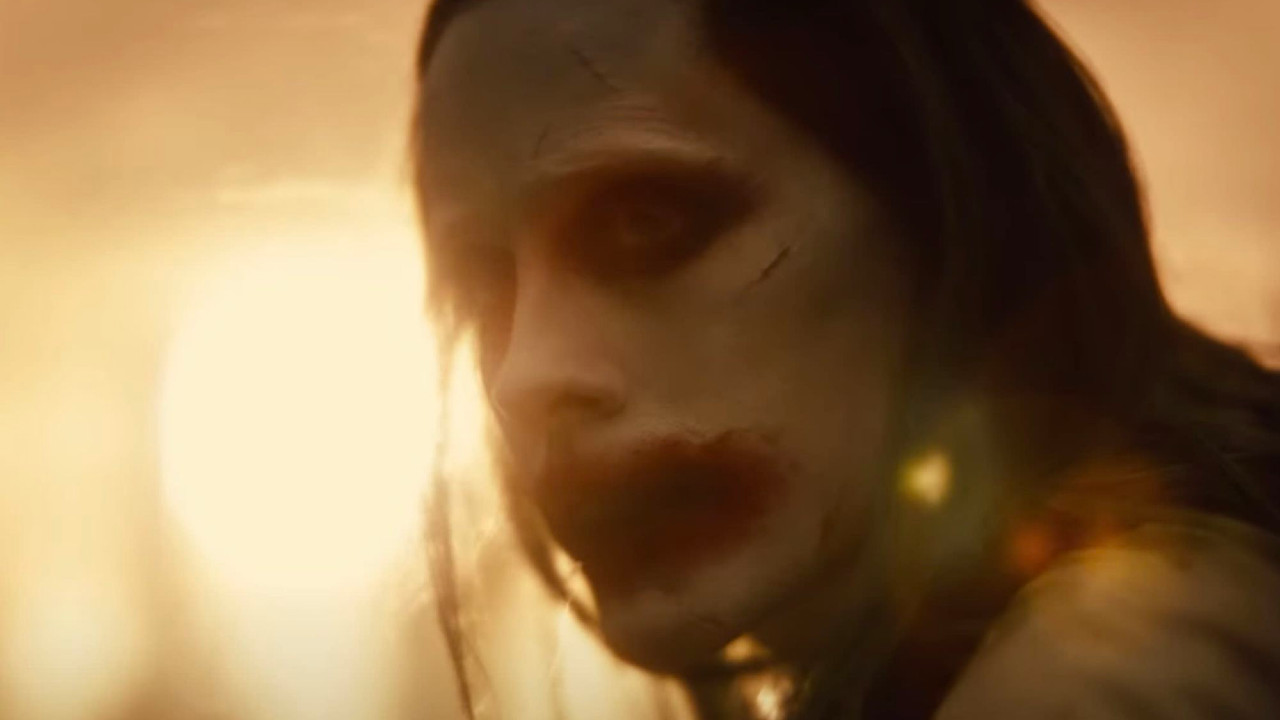
In terms of the DCEU, the Knightmare is not canon – because it hasn’t happened yet. It is merely a glimpse of a possible future timeline, one where Darkseid wins.
However, Justice League 2 wouldn't simply end with Darkseid winning – Batman would end up sending The Flash back in time to warn him about the threat, and, in one timeline or another, Darkseid's invasion would eventually be overwritten.
What happened to Harley Quinn?
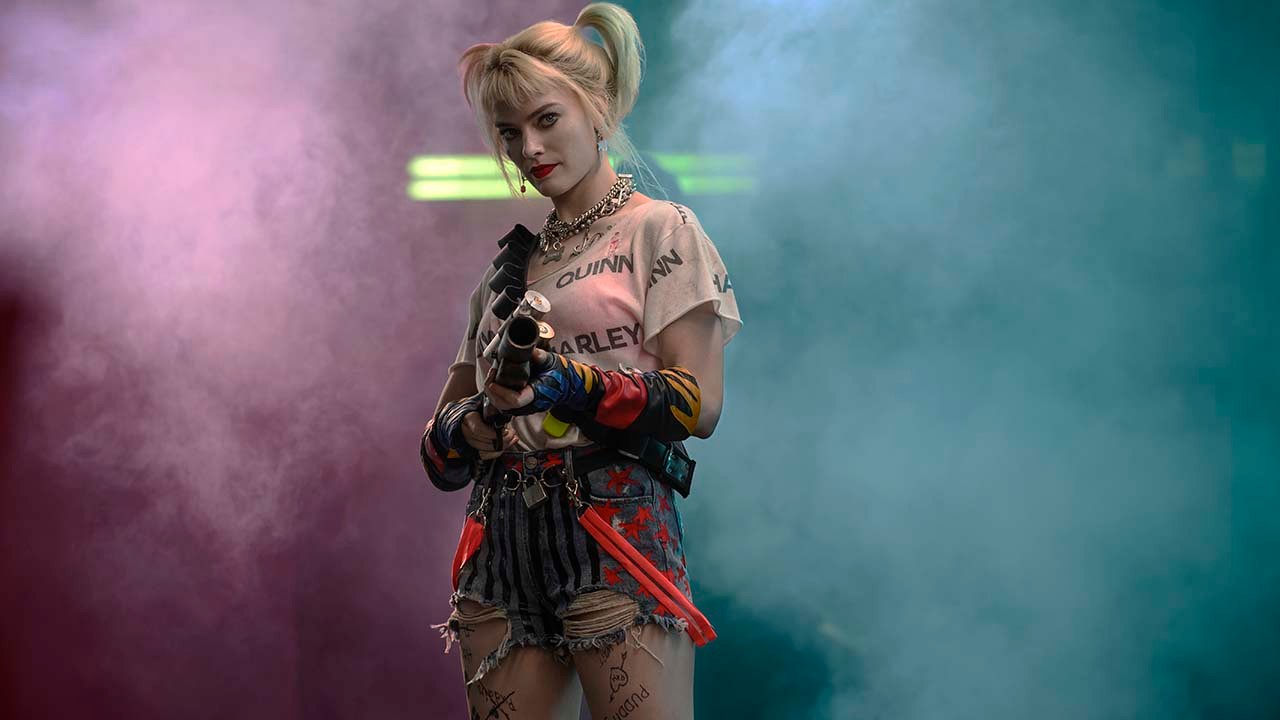
In the Knightmare timeline (which, as we've established, isn’t quite DCEU canon, though is a glimpse at a future in Justice League 2 where Darkseid takes over Earth), Harley Quinn dies. It isn’t known how Margot Robbie’s anti-hero meets her end, only that she dies in Batman’s arms.
From Bruce’s words, though, it appears Joker has something to do with it. "With her last breath," she asks Batman to kill Joker and that he’d "do it slow."
Perhaps it was a story for another day – though her death would likely be overwritten by Flash heading back in time to avert the Knightmare timeline, thus leaving Harley Quinn alive and well in the mainline DCEU timeline.
What’s up with Superman in Batman’s Knightmare vision?

All is not right with the Man of Steel in the Knightmare set-piece. He joins the legion of heroes (and villains) led by Batman at the very end of the clip, though he’s clearly not on their team.
As Mera and Cyborg raise their weapons, Superman is shown to have glowing red eyes. Why? Because, in this future timeline, he’s been taken over by the Anti-Life Equation. Snyder himself revealed in an interview with The New York Times that a sequel would have seen Supes "succumb" to the Anti-Life Equation. He’s now under Darkseid’s control – and has Batman’s ragtag Justice League in his (laser) sights.
Martian Manhunter’s warning: how it sets up a sequel
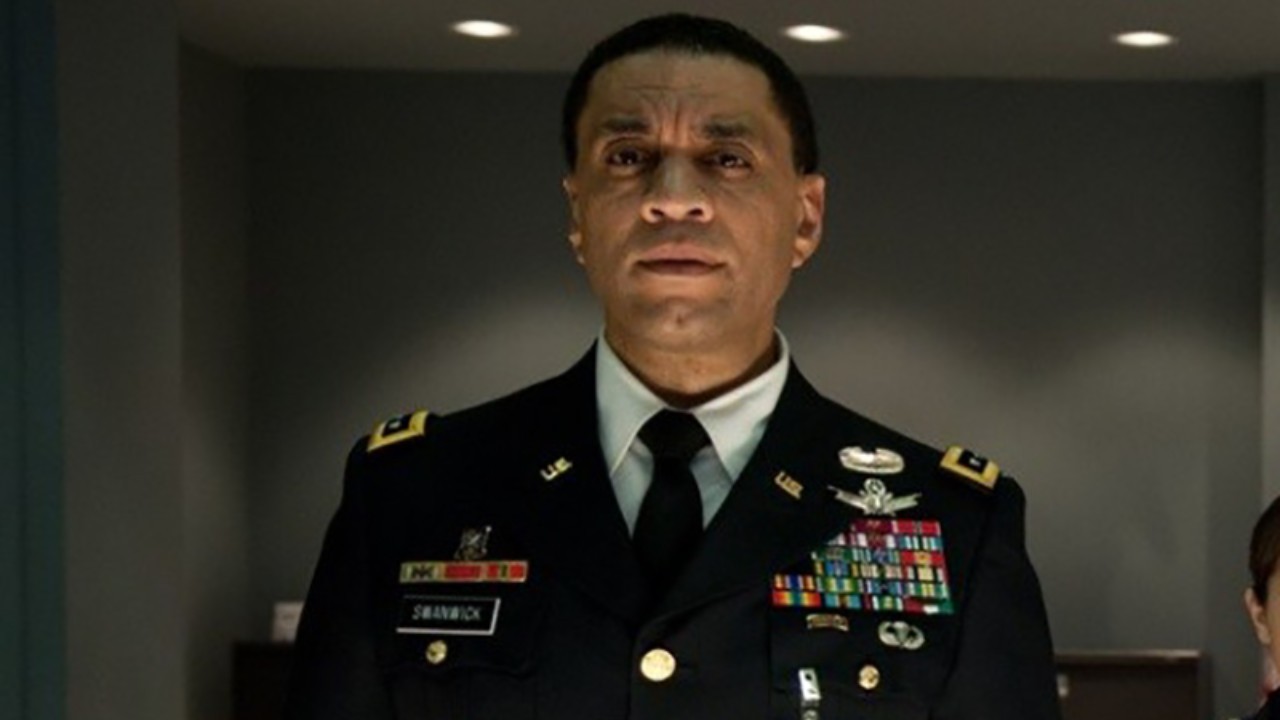
The Zack Snyder’s Justice League ending has one more ace up his sleeve. After Bruce springs back to reality after his Knightmare vision, he awakens in a lakeside resort a few miles outside Gotham.
Martian Manhunter – who we saw earlier in the film impersonating Martha Kent and meeting Lois Lane, perhaps trying to nudge her to become the "key" to stopping Darkseid – descends and hits Bruce with a stark message: Darkseid isn’t finished with Earth and he’ll be looking for the Anti-Life Equation.
The hunt is on and a "war is coming". The sequel would have likely seen Bruce start putting plans in place for the upcoming conflict, with it centered around the Anti-Life Equation. Martian Manhunter, meanwhile, would likely have had a much larger role to play further down the line. In other media, he is traditionally seen as one of the founders of the League and his main power is the ability to shapeshift and take on the form of any person.
The Deathstroke scene: what was it all leading to?

The scene involving the eyepatch-wearing Deathstroke (a major Batman villain) and Jesse Eisenberg’s Lex Luthor has a peculiar history. Joss Whedon’s Justice League featured a similar scene, places after the credits. The yacht and the clandestine meeting were all part of the scene, but Luthor’s section was rewritten to set up the Injustice League – a Justice League group filled with supervillains.
In Zack Snyder's Justice League, the scene – also originally intended to be the movie's post-credits – was meant as a lead-in to the now-scrapped standalone Batman movie featuring Ben Affleck’s Bruce Wayne going toe-to-toe with Joe Manganiello’s Deathstroke. Would the world’s greatest assassin have beaten the world’s greatest detective? It’s a longshot – and with Robert Pattinson seemingly being the lead Batman from now on, we may never know. However, Ben Affleck is returning as Bats in THe Flash, so perhaps a multiverse story with Batfleck vs Deathstroke could become a reality,
What is The Unity?

In Zack Snyder’s Justice League all roads lead to Russia – and The Unity.
Essentially, The Unity is a move to bring together all three Mother Boxes – the ancient Apokoliptan devices that hold infinite power – to transform alien worlds into an Apokolips-style nightmare. Think copy and paste but with more parademons and ashen skies.
Apokolips’ ruler, Darkseid, once tried to bring about the Unity, conquering Earth and molding it in his image. However, he was repelled by the combined forces of the earth, including the Amazons, Zeus, Mankind, the Atlanteans, and a Green Lantern.
In Zack Snyder’s version of Justice League, the plan actually works. The arrival of Darkseid marks the moment where Cyborg is unable to stop the fusion of the trio of Mother Boxes and a large, white-hot blast engulfs the reaction – and everyone inside it. Thankfully, the world has a savior.
How did The Flash save everyone?
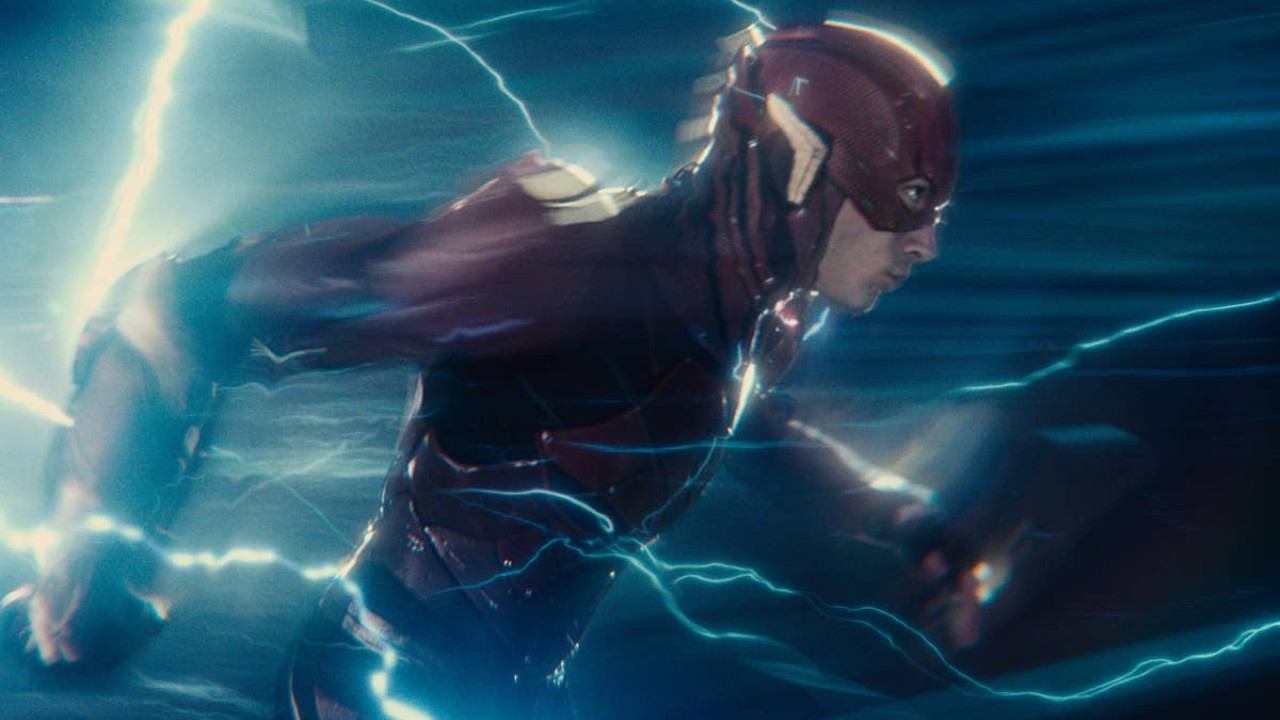
The Flash can’t just run really fast. Ok, that’s mostly what he does, but Flash’s friction with the Speedforce can also unlock some really interesting powers.
In the third act of Zack Snyder’s Justice League, the Unity begins and the heroes have been defeated. Flash breaks his one "rule" – not going faster than the speed of light – to reverse time. 1978’s Superman pulled this trick before, and Barry Allen similarly gets his skates on to dial back the clock a few seconds to give Cyborg the time he needs to stop The Unity from ever happening. It’s likely – though no spoilers here – that this skillset will also form the basis for 2022’s standalone Flash movie, with tragic consequences.
Who is Darkseid and what is he planning?

Towards the end of the movie, Darkseid is seen through a Boom Tube (that's the comic book name for those portals) flanked by DeSaad and a new figure, Granny Goodness (another great comic book name).
Darkseid, for the uninitiated, is the ruler of Apokolips – a planet that thrives on war. His plan involves conquering each planet and, using the Unity, turning them into reproductions of his homeworld. The ruler is also intent on finding the Anti-Life Equation, an immensely powerful formula that allows Darkseid complete control over all living things that we now know is scorched into the surface of Earth.
DeSaad is a new villain for Zack Snyder’s Justice League pulled from DC’s comics. Operating as Darkseid’s right-hand man, he is a sadistic torturer and manipulator. Granny Goodness, meanwhile, is also adept at forging Apokolips’ young into fearsome warriors and often acts in the comics as a teacher to several notable New Gods, including Mister Miracle and Big Barda.
According to Snyder, Darkseid would have been the Big Bad of a Justice League trilogy, eventually getting hold of the Anti-Life Equation and enslaving Earth. In the Knightmare future, he also murdered Aquaman and Wonder Woman.
What is the Anti-Life Equation?
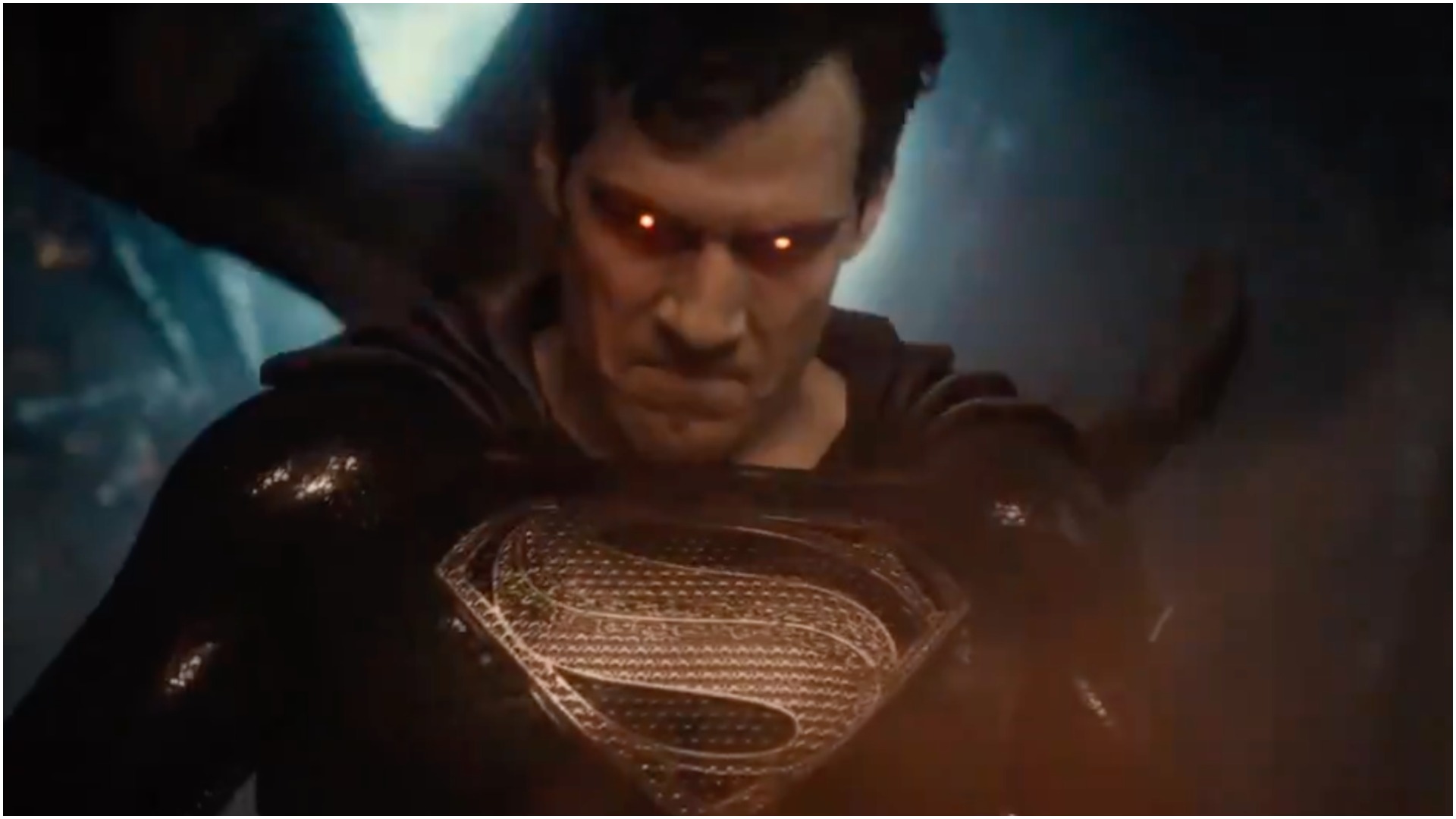
Unlike Marvel’s Infinity Gauntlet – a physical object of immense power – the Anti-Life Equation is a little more abstract. Essentially, it’s a hidden piece of knowledge that, when learned, allows its user to control entire populations almost immediately. For Darkseid, it is the final piece of the puzzle in his ultimate goal: conquer all life in the universe. And you thought Thanos was heartless.
Those are the key questions from the Snyder Cut ending answered! For more on Zack Snyder's Justice League, be sure to read our pieces on:
- The biggest differences between Zack Snyder's Justice League and Joss Whedon's
- What would have happened in Zack Snyder's Justice League post-credits?
- Everything we know about Justice League 2
- Zack Snyder's Justice League ending explained
- Zack Snyder's Justice League Easter eggs explained
- Watch Snyder Cut - stream Justice League for less
- The best HBO Max prices
I'm the Senior Entertainment Writer here at GamesRadar+, focusing on news, features, and interviews with some of the biggest names in film and TV. On-site, you'll find me marveling at Marvel and providing analysis and room temperature takes on the newest films, Star Wars and, of course, anime. Outside of GR, I love getting lost in a good 100-hour JRPG, Warzone, and kicking back on the (virtual) field with Football Manager. My work has also been featured in OPM, FourFourTwo, and Game Revolution.



